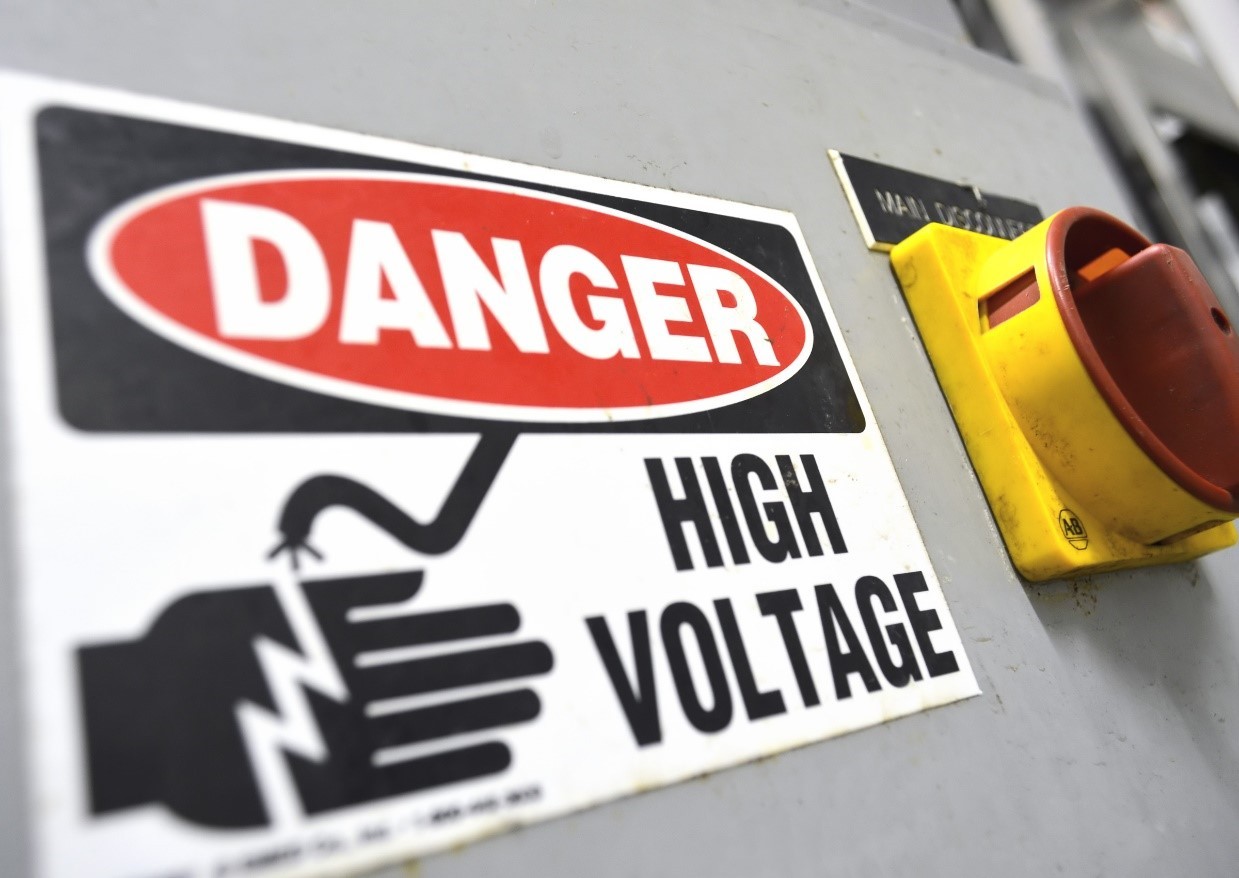Electrical safety in the workplace is a matter that shouldn’t be taken lightly. A slip-up or misstep in dealing with electrical jobs could be incredibly harmful or even deadly, which is why the National Fire Protection Association (NFPA) has created a collection of standards to ensure the safety of all electrical workers on the job.
One of the most well-known standards that NFPA has released is referred to as 70E. This standard is meant to be a complete guide to keeping workers safe while working with electricity. NFPA 70E is often used in conjunction with OSHA to reach a more overarching safety standard. Here, we’ve outlined everything you should know about NFPA 70E and how to implement it within your workplace.
What is NFPA 70E?
NFPA 70E is the Standard for Electrical Safety in the Workplace. It seeks to offer actionable steps that employers and workers should be taking to ensure that every workplace is safe. This standard covers a number of subsections, including personal protective equipment, administrative controls, awareness, engineering controls, substitution, and elimination.
NFPA 70E is broken down into various articles to better organize the information within. It begins with Article 110, “General Requirements for Electrical Safety-Work Practices.” Next is Article 120, “Establishing an Electrically Safe Work Condition,” and Article 130 covers “Work Involving Electric Hazards.” NFPA 70E can be used worldwide and is intended as a resource for both employers and employees to comply with and benefit from.
History of NFPA 70E
NFPA 70E was first introduced in 1979. This first version included safety requirements that were already present within the National Electric Code. The standard began including safety-related work practices in 1981, essentially showing employers how to meet the safety requirements that had been set. In 1995, the concept of ARC flash was introduced, and this subject and its PPE requirements was largely the focus of NFPA 70E until 2012.
In 2015, the emphasis began to shift again, now focusing on what employers should be doing to ensure their workplace had a thorough program for electric safety that worked in tandem with the overall occupational health and safety management system. More changes came in 2018, as human factors were included in the discussion of Arc flash and shock risk assessment and the hierarchy of risk controls were more heavily emphasized.
OSHA & NFPA 70E
OSHA and the NFPA often work parallel to one another; basically, OSHA informs employers what should be done, and NFPA standards tell them how exactly to do it. This relationship is especially apparent in the case of NFPA 70E. In fact, OSHA uses NFPA 70E to create its electrical safety standards, which can be found within 29 CFR 1910 Subpart S and 29 CFR 1926 Subpart K.
It’s worth noting that, while compliance with OSHA regulations in the workplace is mandatory, NFPA is a voluntary standard. Following specific NFPA guidelines is up to the individual employer and is not a federally regulated requirement. OSHA hasn’t officially included NFPA 70E within its Code of Federal Regulations, so complying with NFPA 70E isn’t a legal requirement. However, many employers find that following NFPA 70E guidelines is the easiest way to ensure that they’re also complying with OSHA regulations.
Changes to NFPA 70E in 2021
Every so often, the NFPA will update its standards to reflect new findings and offer the most up-to-date safety information. The case is no different in 2021, as NFPA 70E includes a few changes when compared to the 2018 version. This edition still places an emphasis on risk assessment and the hierarchy of risk controls, but there are few key changes that are worth briefly discussing.
To begin, Article 110 has been slightly reorganized and now includes some general principles that were previously included in sections 120.2 and 130.2. Additionally, a new subsection has been added, subsection 110.5(K). According to the NFPA fact sheet, this subsection “requires that an employer’s electrical safety program include a policy on establishing an electrically safe work condition.” There are also a few changes within Article 130 as well as Table 130.5(C).
The 2021 version of NFPA 70E also includes a brand-new article, Article 360. Article 360 goes into detail about safety requirements for capacitors. As such, similar information has been removed from Section 350.9 so there’s no duplicate material. To be specific the capacity circuit threshold has been removed. Section 350.9 has also been altered as far as “energy thresholds for electrical equipment and systems in laboratories.”
Difference Between NFPA 70 (NEC) and NFPA 70E
Another NFPA standard you may be familiar with is NFPA 70 (NEC), which is the National Electric Code. While these two standards are certainly related, they are distinct from one another. While NFPA 70E tells employers how to keep their workplace safe and the specific procedures they can put in place, NFPA 70 (NEC) goes into detail about how to design and install safe and effective electrical systems.
Essentially, NFPA 70 (NEC) details how to install electrical systems and provides step-by-step instructions, while NFPA 70E is more focused on safety standards for workers and how to implement them. While they are both instructional documents, one is more centered around systems while the other focuses on people. Both NFPA 70 (NEC) and NFPA 70E are often used in conjunction with NFPA 70B, which is the Recommended Practice for Electrical Equipment Maintenance.
Complying with OSHA safety regulations for electrical work is best achieved by also following the guidelines set forth in NFPA 70E. Electrical safety is an important part of any workplace, and there are a lot of moving parts (literally) to think about when crafting a compliance plan. At MTA Electrical Engineers, we are proud to offer a wide range of services to ensure your company achieves workplace safety, such as arc flash analysis, electrical testing, power system evaluation, coordination study, and more. We are available to serve clients in Los Angeles, San Diego, and throughout Southern California. For more information about NFPA 70E or to learn about our services, contact us today!

